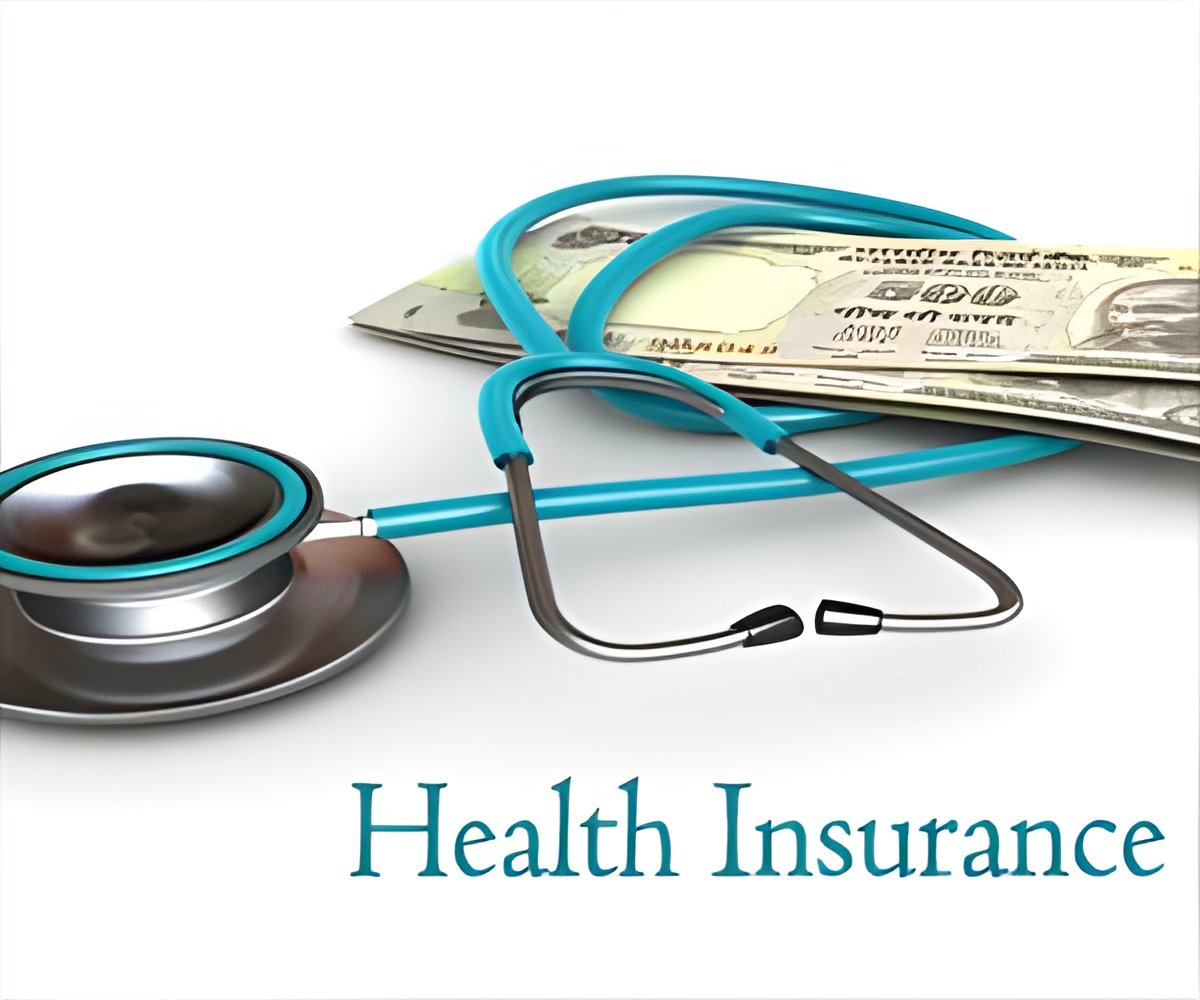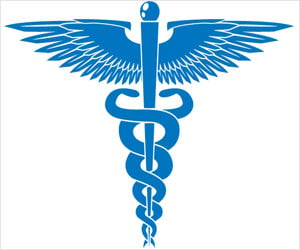Growing poor population in suburban areas in the US face substantial barriers to accessing health care and insurance coverage.

‘Providing services and care to the suburban poor population may require different policies than those typically relied on in urban or rural areas.’





It is the first national analysis comparing health care coverage and access between people living in the suburbs and people in urban and rural areas. "We rarely think about suburbs when we think about vulnerable populations. Increasing rates of suburban poverty haven't gotten much attention from the public health sector, and policymakers really haven't started to consider what these shifts in the geography of poverty mean for health care access and for health disparities," said lead author Alina Schnake-Mahl, a doctoral student at Harvard Chan School.
Poverty has been on the rise in suburbia for a number of reasons: job losses and loss of wealth during and after the 2008 recession; a "return to the city" trend among millennials and empty nesters and subsequent pricing out of lower-income families; more affordable suburban housing options; and international immigration to suburban communities.
To explore more about how these shifts are impacting health insurance rates and health care access, the researchers analyzed data from 2005-15 from roughly 2.7 million adults interviewed as part of the U.S. Centers for Disease Control and Prevention's Behavior Risk Factor Surveillance System, an annual national telephone survey.
The findings showed that:
- The suburbs were home to 44% of the overall population and 38% of the uninsured population, and the uninsurance rate among suburbanites was 15%.
- The probability of having no usual source of health care in the suburbs was 19%, and for having no routine annual checkup, 34%.
- Among low-income suburbanites, 36% had an unmet health care need due to cost and 42% had not had a recent checkup.
- All poor adults--whether they lived in cities, rural areas, or the suburbs--had 8 times higher odds of being uninsured and 1.7 times higher odds of no recent checkup compared to higher-income adults.
Advertisement
- The relative lack of community health centers and free clinics
- Ssafety net hospitals that are far from home with limited public transportation options
- Providers that may be reluctant to treat uninsured patients
- Limited availability of services such as mental health and substance abuse treatment
Source-Eurekalert















